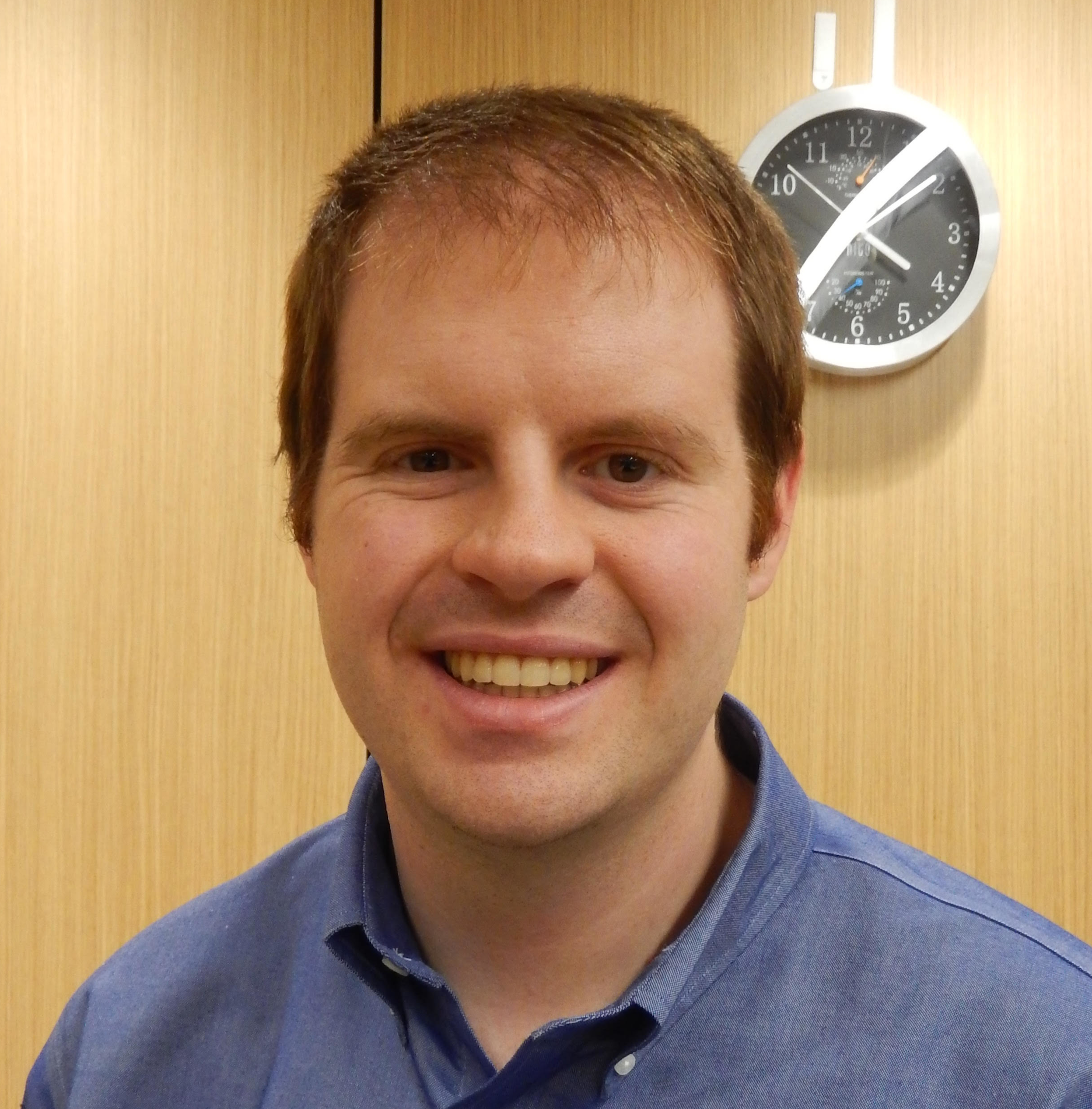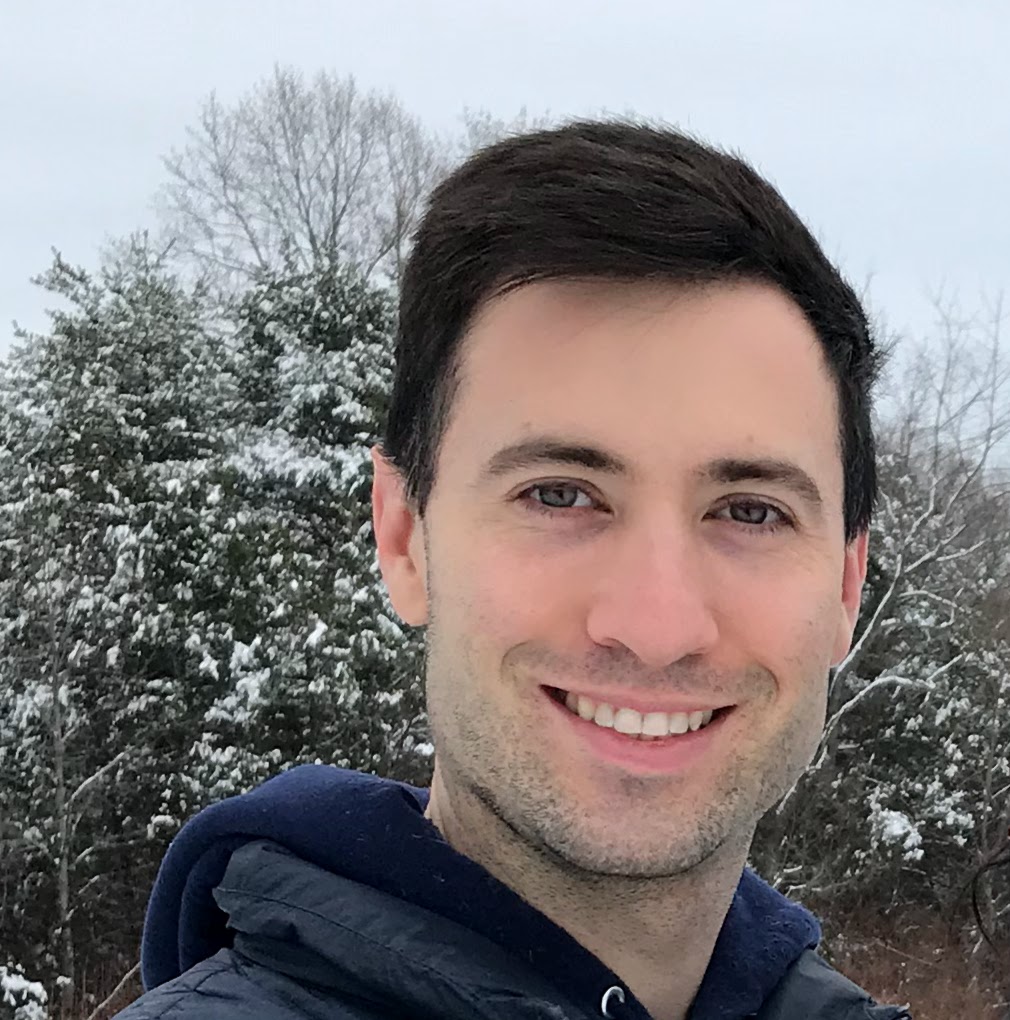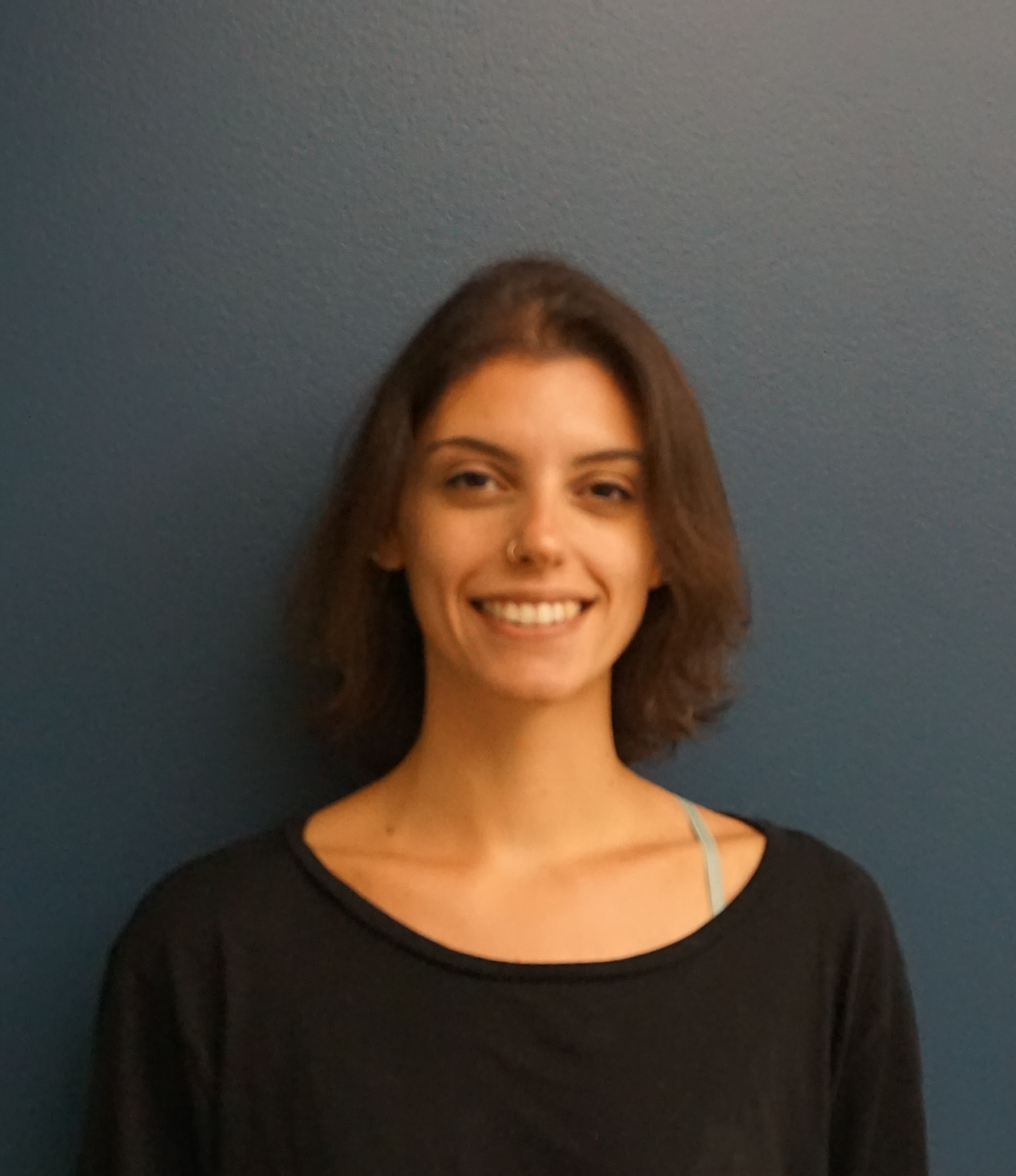New Frontiers Initiative (NFI) and Blue Waters (BW) Graduate Fellowship Programs
| 2019-2020 Blue Waters Graduate FellowsThe following is a summary of the projects for the 2019-2020 fellows.
|
Skip to Content




